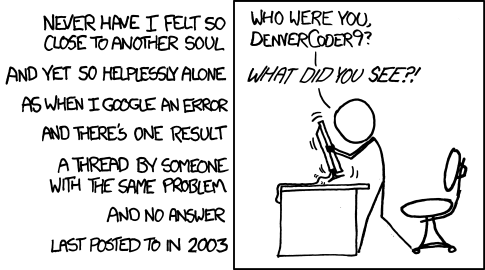Smee
Unless you know me well personally, you may not realize that I’m a nerd for ghost stories. Big time.
That particular topic is for another time, though. This post is to celebrate the spooky season with one of my favorite ghost stories, Smee by A.M. Burrage.
Set during a Christmas Eve, it’s a delightful look at an innocent game of hide-and-seek called “Smee” (a portmanteau of “It’s” and “Me”) that includes an unexpected player for the evening. As with the best short ghost stories, the supernatural is casual and softly haunting; not as vulgar jump scares or “gotcha!” moments of cheap thrills. (The best of this post-facto type of uneasiness is likely Afterward by Edith Wharton.)


